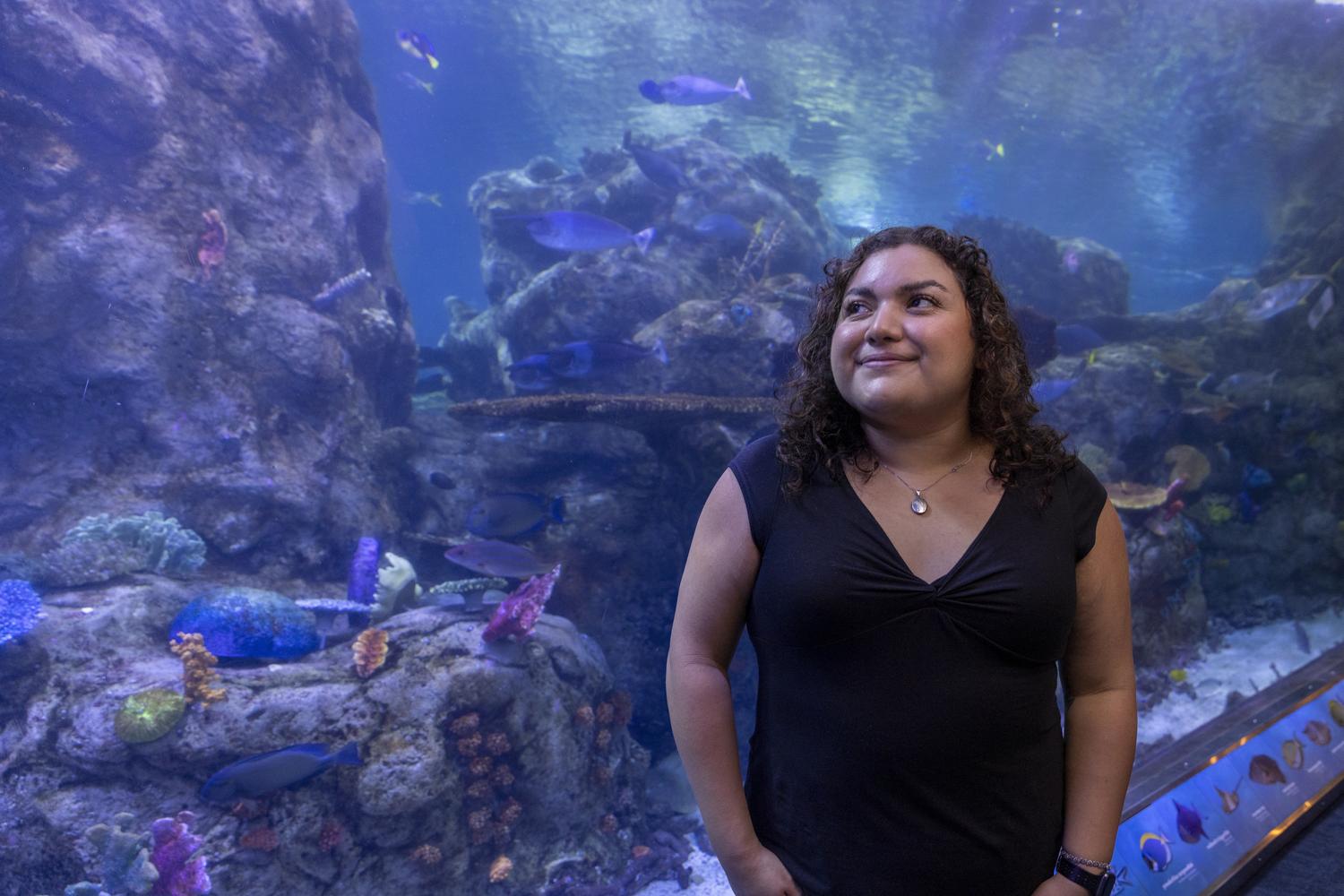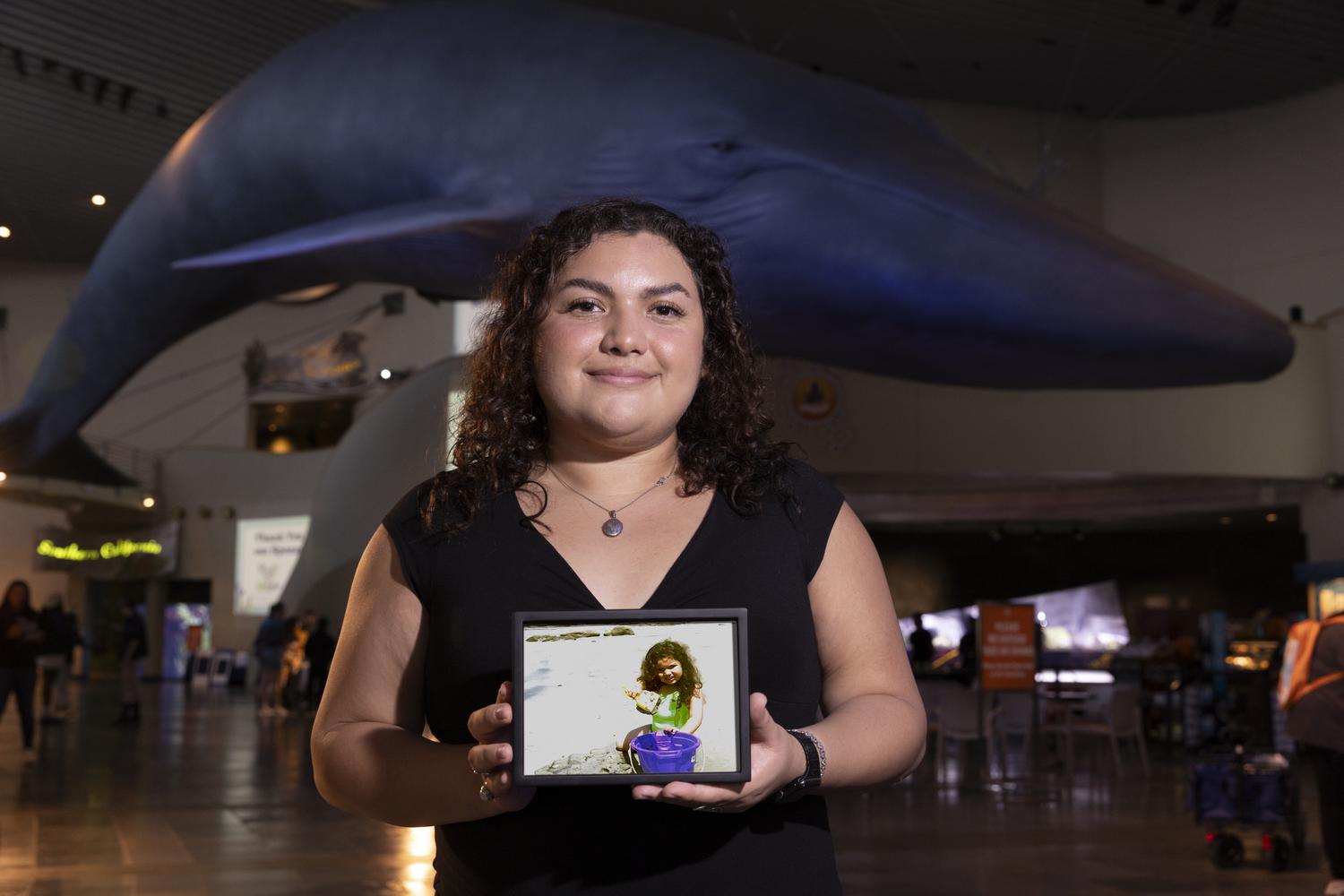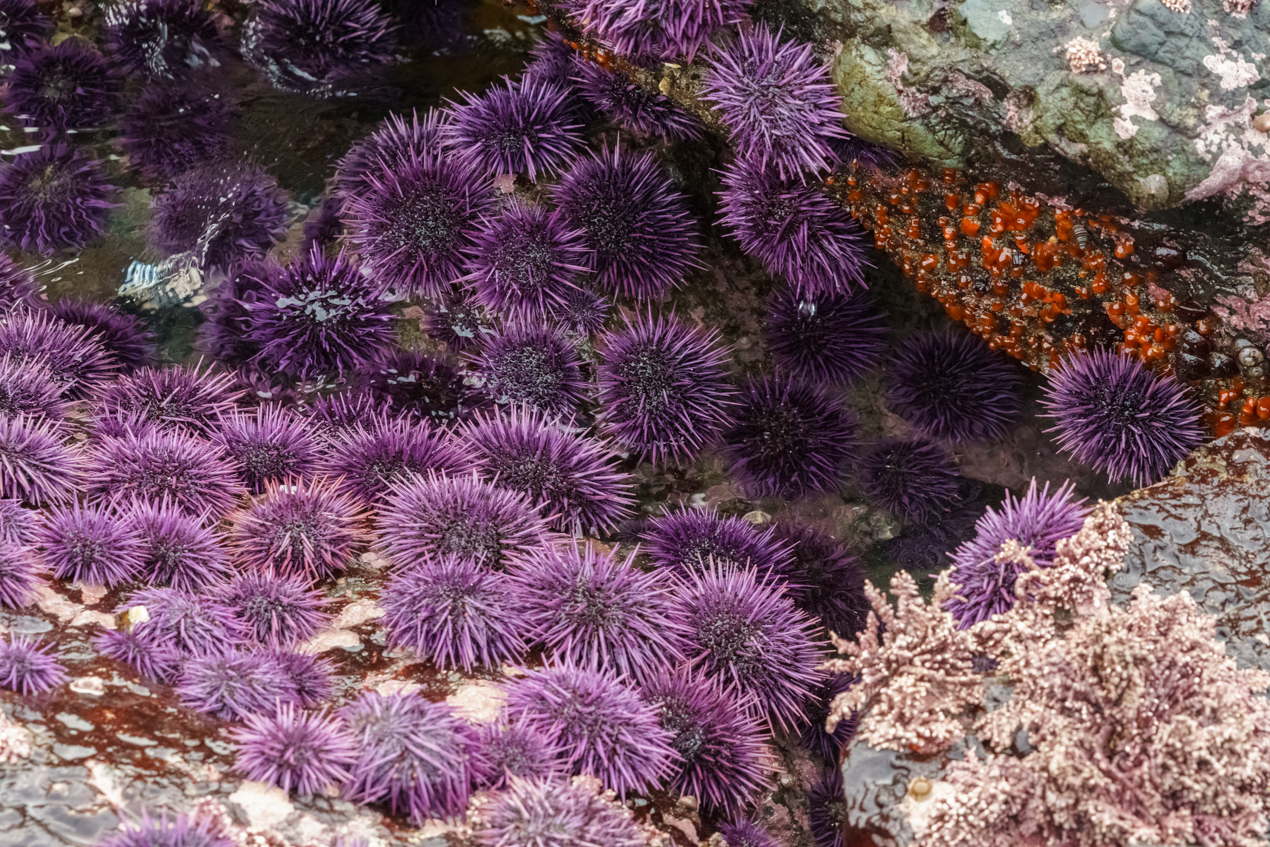
Fresh Voices
Healthy Habitats Inspire a Healthy Planet
Thriving habitats and animals motivate guests to understand and care for the underwater world.
The Aquarium stands as a vital bridge between our community and the beautiful ocean. Animal care staff meticulously create exhibits that ensure every kelp, rock, and species coexist harmoniously. Their dedication to replicating natural habitats provide healthy homes for the animals, as well as a glimpse into the wonder of the ocean for us. Their effort profoundly influences the public by providing one of the few opportunities for many to witness the underwater world.
Guests come to the Aquarium to connect with these environments and learn. Through interactive exhibits and educational programs, the Aquarium helps us understand the delicate balance of marine ecosystems and the urgent need to protect them. As a child, I would leave the Aquarium fascinated by the invertebrates I had seen in the tidepool exhibits. I loved learning about stingrays using their natural camouflage to avoid predators.
Every visit fueled my passion to learn more about marine life. I’m not alone in this experience; I’ve seen the same excitement in my parents’ eyes when they encounter unfamiliar animals. They always want to know more about these animals while seeing them in their beautiful exhibits during their Aquarium visit.

Not long ago, I was a child at the Aquarium eager to learn more about marine life. Now, I’m a graduate student in Dr. Douglas Pace’s lab at California State University, Long Beach learning about marine invertebrates through the lens of ecophysiology. Our goal is to understand how marine organisms respond to environmental changes, such as those caused by anthropogenic activities.
Warming ocean temperatures have enabled purple sea urchin populations to increase dramatically across the West Coast. The abundance of urchins has led to them overgrazing giant and bull kelp, destroying kelp forests. This ecological shift inspired my master’s thesis project, which is studying purple sea urchins during their larval phase to better understand how different temperatures impact early development and adult biogeographic distribution. The larval phase of marine invertebrates is the most thermally sensitive stage, crucial for their survival and successful settlement as juveniles. My thesis project is one of many steps towards understanding how to mitigate the damage caused by purple sea urchins to the ecosystem and restore kelp forest communities.

My research interests have been inspired by growing up near polluted beaches and the enlightening trips to the Aquarium that taught me what those environments should look like. I realized early on that I was destined to help the oceans, but I cannot do it alone. The tireless efforts of Aquarium staff forge our connection to the ocean, and it is up to us to strengthen that bond when we return home.
By working together and taking action, we can create a cleaner and healthier ocean for future generations. This includes reducing plastic waste, supporting sustainable fishing practices, and advocating for policies that protect our oceans. Through beach cleanups, supporting marine conservation organizations, and promoting awareness, we can all contribute to preserving and protecting our oceans.

Ivanna Arrizon Elizarraras
Ivanna Arrizon Elizarraras is one of the CELP 2024 Scholars and a graduate student at California State University, Long Beach pursuing a master’s in biology. After graduation, Arrizon Elizarraras plans to work in marine conservation, focusing on invertebrate physiology and early life stages. She is eager to gain insight into the Aquarium’s sunflower star conservation project and serve as a near-peer mentor to fellow Scholars.